If your darts aren’t sticking in the board or are frequently bouncing out, one of the **signs you need to sharpen darts** is definitely present. This article will guide you through the telltale signs that your darts require sharpening, the tools you’ll need, and the best techniques for achieving a razor-sharp point, allowing you to improve your game and reduce frustrating bounce-outs.
⚠️ Still Using Pen & Paper (or a Chalkboard)?! ⚠️
Step into the future! The Dart Counter App handles all the scoring, suggests checkouts, and tracks your stats automatically. It's easier than you think!
Try the Smart Dart Counter App FREE!Ready for an upgrade? Click above!
Recognizing the Signs You Need To Sharpen Darts
Knowing when to sharpen your darts is crucial for maintaining accuracy and preventing frustrating bounce-outs. Ignoring these signs can lead to inconsistent throws and damage to your dartboard.
Darts Bouncing Out
Perhaps the most obvious sign is that your darts are frequently bouncing out of the board. A sharp dart point will pierce the sisal fibers and create a firm hold. A dull point, however, will glance off the surface, resulting in a bounce-out. If you find this happening more often than usual, it’s time to inspect your dart points.
Difficulty Sticking in the Board
Even if your darts aren’t bouncing out completely, if they feel loose or wobble in the board, it indicates the point isn’t gripping properly. This usually means the tip is rounded or blunted, preventing it from penetrating deeply and securely.
Visible Dullness or Damage
A visual inspection can reveal the condition of your dart points. Look closely at the tips. Are they rounded, flattened, or do they have any burrs or nicks? These imperfections all contribute to poor performance and are definite **signs you need to sharpen darts**.
Increased Number of ‘Spider Web’ Dents
When a dull dart hits the board, it’s more likely to push the sisal fibers inwards rather than piercing them cleanly. This can create a ‘spider web’ effect of dents around the impact point, indicating that your darts are not penetrating as they should. Darts are precision tools, so maintaining their tips is important for long-term dartboard health. You can improve your aim with well-maintained darts, so knowing How To Light Your Dartboard is also helpful.
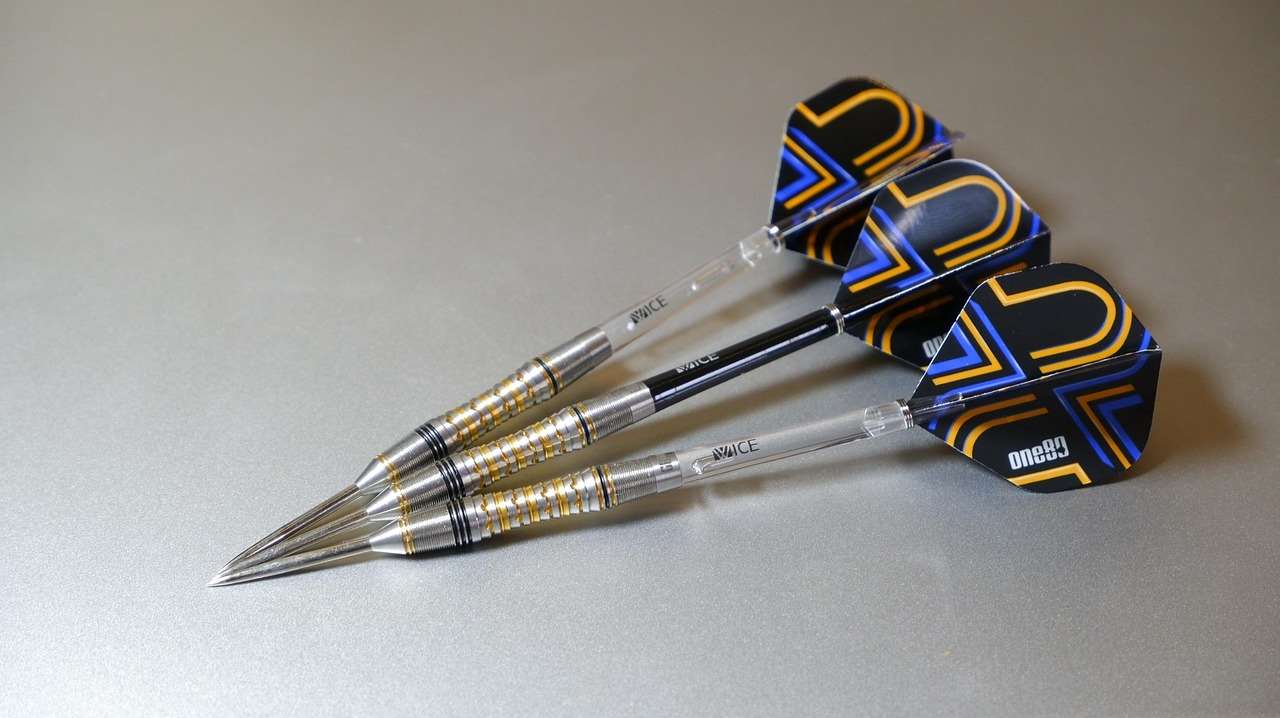
Inconsistent Groupings
Even if you haven’t consciously noticed any of the above issues, if your dart groupings are becoming increasingly erratic, it could be due to dull darts. A consistent throw requires a consistent point of entry into the board. A dull point will cause unpredictable behavior, making it harder to achieve tight groupings. Make sure that your darts are in the right shape to improve your gameplay and Choose Best Dart Equipment.
Tools for Sharpening Darts
To effectively sharpen your darts, you’ll need the right tools. Here’s a rundown of the essential equipment:
Dart Sharpening Stone
A dart sharpening stone is the primary tool for restoring a sharp point. Look for a stone that is specifically designed for darts, as these will have the correct grit and shape. Some stones have multiple grits – a coarser grit for removing significant damage and a finer grit for refining the point.
Dart Sharpening Tool (Optional)
These tools offer a more controlled and precise sharpening experience. They usually feature small, hardened grooves or surfaces that you run the dart point along. While not strictly necessary, they can be helpful for achieving a consistent and even point, and offer a safer way to sharpen your darts compared to using a stone. This is especially useful for fine-tuning the dart point after using a stone.
Magnifying Glass (Optional)
A magnifying glass can be helpful for inspecting the dart point before, during, and after sharpening. This allows you to clearly see any imperfections and ensure that you are achieving the desired sharpness. This is a great way to avoid over-sharpening, which can make the dart point brittle.
Soft Cloth
After sharpening, use a soft cloth to wipe away any metal filings or debris from the dart point. This will help prevent corrosion and ensure a clean, sharp point.
The Correct Sharpening Technique
Sharpening darts is a simple process, but it requires a gentle touch and the correct technique to avoid damaging the point.
Inspect the Dart Point
Before you begin, carefully inspect the dart point using your eyes or a magnifying glass. Identify any areas that are rounded, flattened, or damaged. This will help you determine where to focus your sharpening efforts.
Hold the Dart at an Angle
Hold the dart at a slight angle to the sharpening stone or tool. This will create a conical point, which is ideal for penetrating the sisal fibers of the dartboard. Avoid holding the dart perpendicular to the stone, as this will create a flat, blunt point.
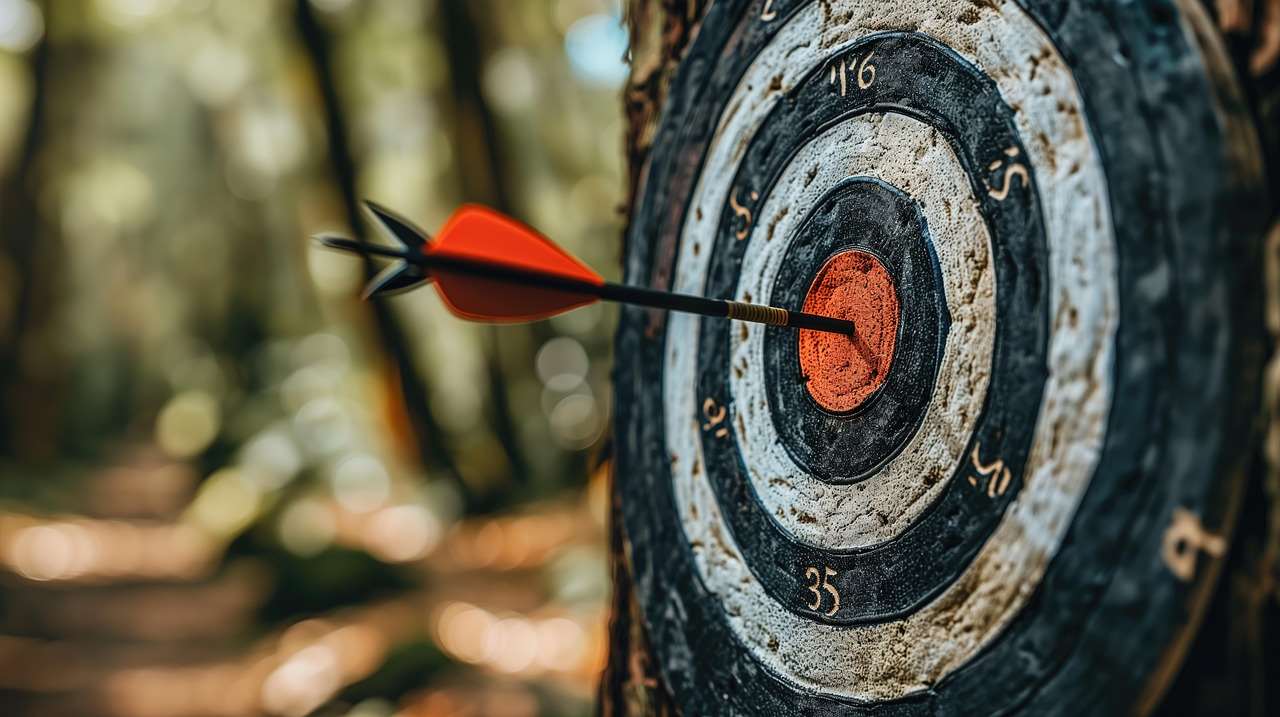
Use Light Pressure
Apply only light pressure while sharpening. Forcing the dart against the stone can damage the point and create unevenness. Let the stone do the work, and focus on maintaining a smooth, consistent motion.
Rotate the Dart
As you sharpen, rotate the dart slowly and evenly. This will ensure that the point is sharpened uniformly on all sides, resulting in a balanced and consistent point.
Sharpen in Short Bursts
Avoid sharpening for extended periods in one go. Instead, sharpen in short bursts, and frequently inspect the point to assess your progress. This will help prevent over-sharpening, which can weaken the point.
Test the Sharpness
After sharpening, test the sharpness of the point by gently running it across your fingernail (carefully!). A sharp point will grip the nail slightly, while a dull point will slide smoothly. Be extremely careful not to cut yourself! Alternatively, you can gently press the point into a soft wood surface. It should penetrate easily with minimal pressure. Ensuring your darts are sharp is just one aspect of having a great dart setup, consider also checking out Optimal Dartboard Lighting Solutions Guide.
Maintaining Sharp Dart Points
Once you’ve sharpened your darts, it’s important to maintain their sharpness through regular care and maintenance.
Clean Your Dartboard Regularly
Dust and debris can accumulate on your dartboard, which can dull your dart points over time. Cleaning your dartboard regularly with a soft brush will help remove these contaminants and prolong the sharpness of your darts.
Use a Dartboard Surround
A dartboard surround can help protect your walls from stray darts. It can also help prevent your dart points from being damaged if they hit the surrounding surface instead of the board.
Store Your Darts Properly
When not in use, store your darts in a dart case or holder. This will protect them from damage and prevent them from being accidentally bent or blunted.
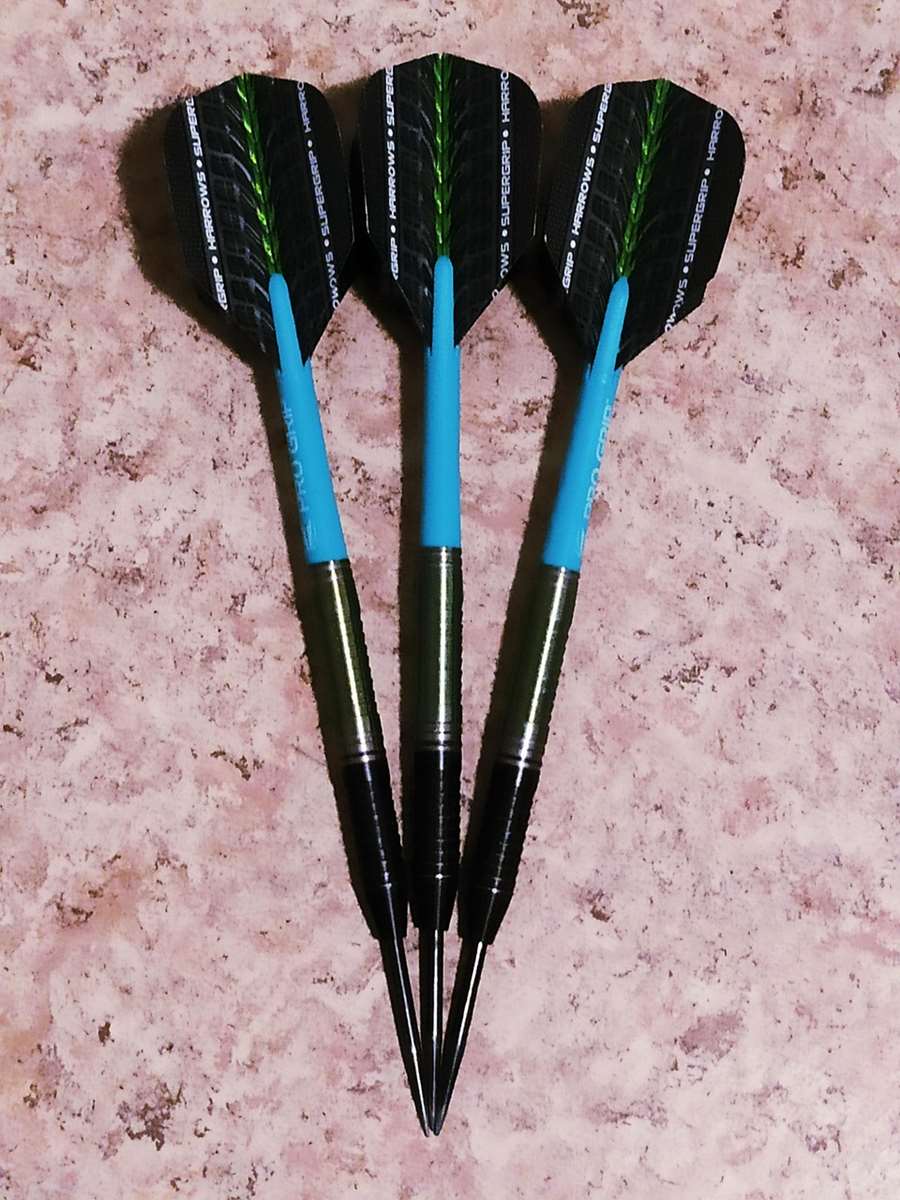
Sharpen Regularly
Don’t wait until your darts are completely dull to sharpen them. Sharpening them regularly, even if they still seem relatively sharp, will help maintain their point and prevent them from becoming too damaged. Regular maintenance is key to preventing the **signs you need to sharpen darts** from returning frequently.
Common Mistakes to Avoid
Sharpening darts is a straightforward process, but it’s easy to make mistakes that can damage the points or shorten their lifespan.
Over-Sharpening
Sharpening your darts too aggressively can weaken the point and make it more prone to breaking. Use light pressure and sharpen in short bursts to avoid over-sharpening.
Sharpening at the Wrong Angle
Sharpening the dart point perpendicular to the stone will create a flat, blunt point. Always hold the dart at a slight angle to create a conical point.
Using the Wrong Type of Stone
Using a stone that is too coarse can damage the dart point. Use a stone that is specifically designed for darts, or a fine-grit stone for general sharpening.
Ignoring Damage
If your dart points are significantly damaged, simply sharpening them may not be enough. You may need to replace the points entirely.
Neglecting Maintenance
Failing to clean your dartboard or store your darts properly can lead to premature dulling and damage. Regular maintenance is essential for prolonging the life of your dart points. By understanding the importance of your dartboard lighting systems and Best Dartboard Lighting Systems, you’re already on the right track to improving your dart experience.
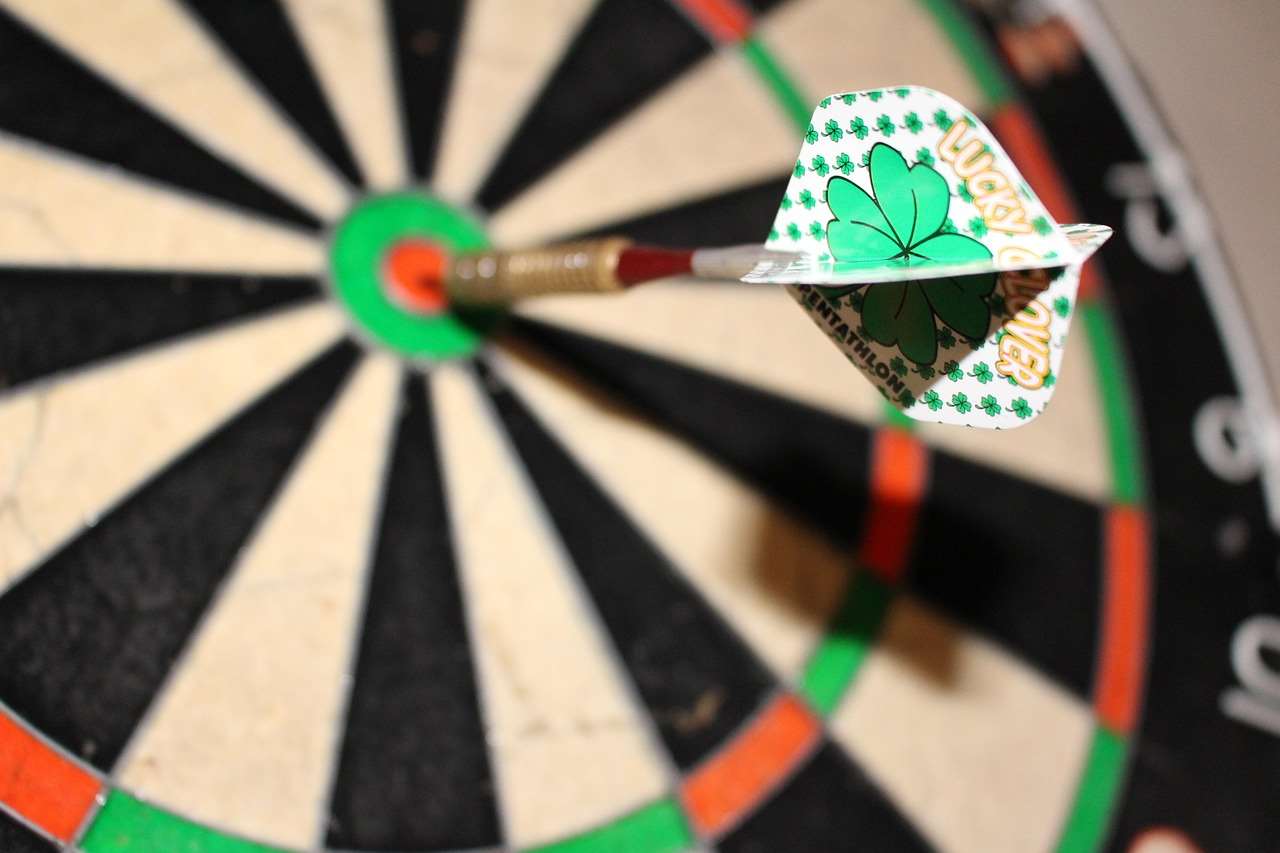
Alternatives to Sharpening: Replacing Dart Points
While sharpening can extend the life of your darts, there comes a time when replacement is necessary. If the points are severely damaged, bent, or consistently breaking, it’s more cost-effective and beneficial to replace them. Consider upgrading to high-quality points for improved durability and performance. Replacing dart points is straightforward with the right tools and provides a fresh start for your darts.
- Bent Points: If your dart points are bent, they can significantly affect the flight and accuracy of your darts. While minor bends can sometimes be straightened, severely bent points should be replaced.
- Broken Points: A broken point is a clear sign that it needs to be replaced immediately. Using a dart with a broken point can be dangerous and can also damage your dartboard.
- Stripped Threads: If you have screw-in dart points, the threads can become stripped over time, making it difficult to securely attach the points to the barrel. If this happens, replacing the points is the best solution.
Choosing the Right Dart Points
When replacing your dart points, consider the material, length, and style. Steel tips are common for steel-tip dartboards, while plastic tips are used for electronic dartboards. Different lengths can affect balance and grip, so experiment to find what feels most comfortable for you. Several factors can change your enjoyment of your dart game, so take into account the Types Optimal Dartboard Lighting that will best enhance your dartboard.
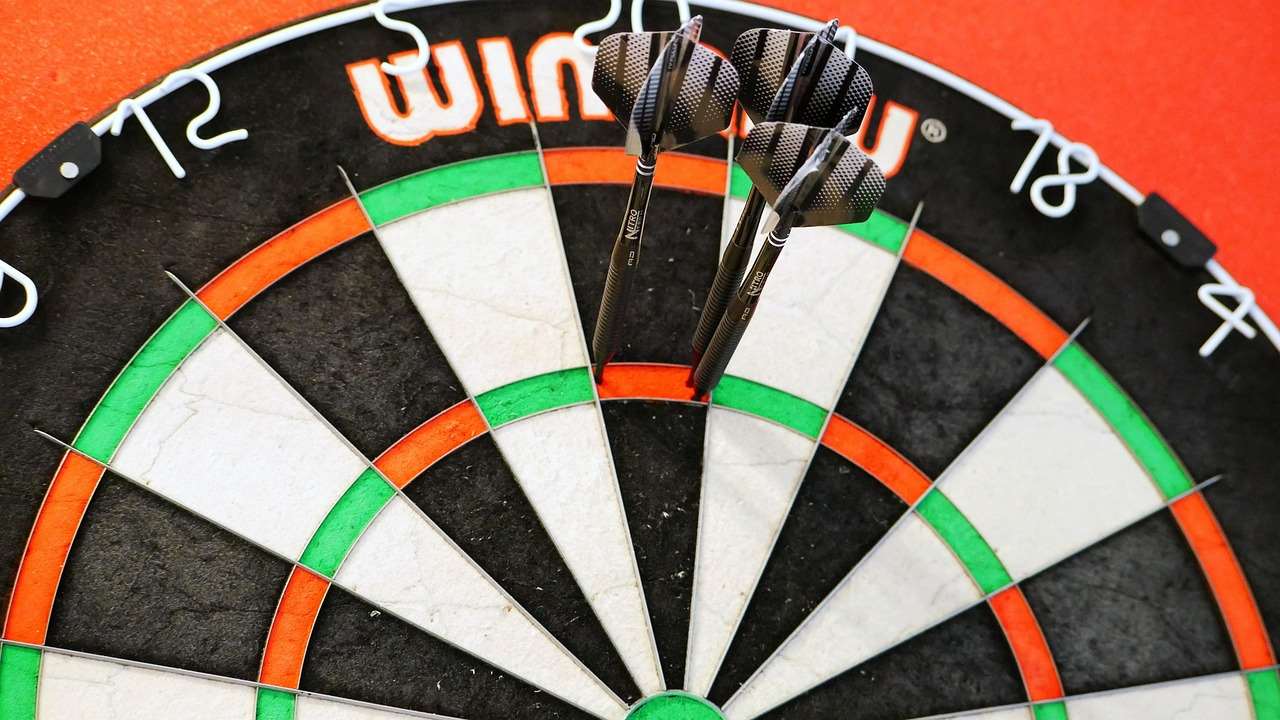
Conclusion
Recognizing the **signs you need to sharpen darts** is paramount for maintaining accuracy and preventing frustrating bounce-outs. By regularly inspecting your darts, using the correct sharpening techniques, and maintaining your equipment, you can extend the life of your darts and improve your game. Remember to clean your dartboard, store your darts properly, and sharpen them regularly to keep them in top condition. If you notice any significant damage, don’t hesitate to replace the points entirely. Taking the time to care for your darts will translate into more consistent throws, tighter groupings, and a more enjoyable darting experience. So, grab your sharpening stone and get those darts razor-sharp for your next game!
Hi, I’m Dieter, and I created Dartcounter (Dartcounterapp.com). My motivation wasn’t being a darts expert – quite the opposite! When I first started playing, I loved the game but found keeping accurate scores and tracking stats difficult and distracting.
I figured I couldn’t be the only one struggling with this. So, I decided to build a solution: an easy-to-use application that everyone, no matter their experience level, could use to manage scoring effortlessly.
My goal for Dartcounter was simple: let the app handle the numbers – the scoring, the averages, the stats, even checkout suggestions – so players could focus purely on their throw and enjoying the game. It began as a way to solve my own beginner’s problem, and I’m thrilled it has grown into a helpful tool for the wider darts community.